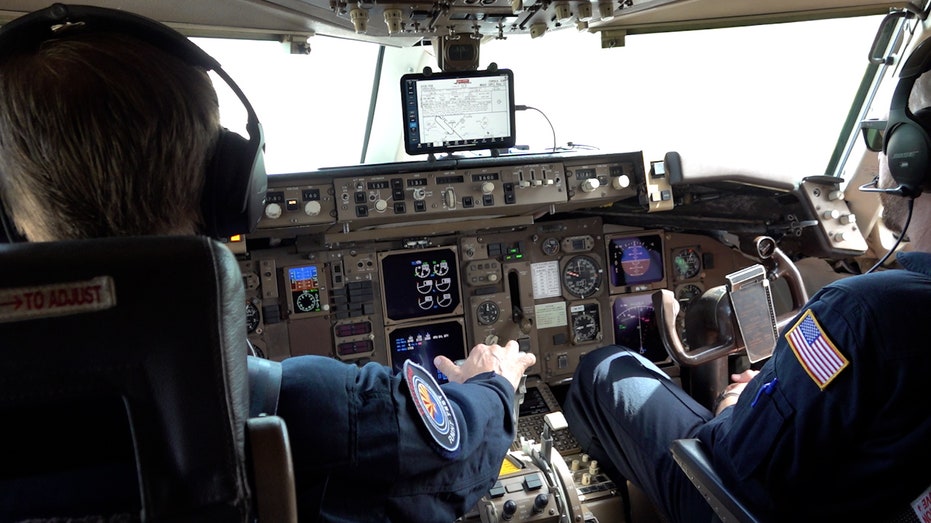Honeywell Tests Groundbreaking Cockpit Alert System Aiming to Prevent Runway Collisions

In a significant advancement for aviation safety, Honeywell Aerospace is nearing the completion of its innovative cockpit alert system designed to prevent runway collisions. The system, dubbed “Surface Alert System” or “SURF-A,” is currently in the final testing phase and promises to enhance situational awareness for pilots during takeoff and landing operations.
How SURF-A Works to Prevent Collisions
SURF-A is engineered to detect unauthorized aircraft entering active runways on a collision course with aircraft cleared for takeoff or landing. When such a threat is identified, the system issues two distinct aural alerts—first 30 seconds before a potential collision, and again 15 seconds prior. These alerts include an automated voice warning stating, “traffic on runway,” giving pilots critical early notice to react accordingly.
Honeywell test pilot Doug Rybczynski emphasized the importance of these timeframes, explaining that even 15 to 30 seconds can be crucial when aircraft are traveling at high speeds. The system’s prompt alerts enable pilots to execute evasive maneuvers, such as a go-around, to avoid accidents.
- True Scale Application Security and Blockchain Technology Overview
-
The Race to Bring Solid-State Batteries to Electric Vehicles: How Close Are We?

-
Unprecedented AI Salaries in Silicon Valley Outshine Historic Scientific Achievements

- First Impressions: Audeze Maxwell Wireless – audiophile sound for gamers
Real-World Demonstration and Future Potential
The system was recently tested during a demonstration flight from Kansas City to Topeka, Kansas. During the approach, a smaller Gulfstream aircraft was parked at the runway’s end, triggering SURF-A’s alerts. Following the warnings, the pilot performed a go-around, showcasing the system’s effectiveness.
Honeywell also simulated a near-miss incident at Austin-Bergstrom International Airport, where a FedEx B767 narrowly avoided a collision with a Southwest Airlines B737 on the runway. Honeywell estimates that SURF-A could have provided an additional 28 seconds of warning, potentially preventing the incident.
Technology Foundations and Industry Context
SURF-A integrates with the Federal Aviation Administration-mandated “Smart X” technology, which has been operational since 2008. This system alerts pilots if they are taxiing on a runway, approaching too fast or high during landing, and other critical situations. Development of SURF-A began in 2020, leveraging GPS-based “ADS-B Out” technology to determine aircraft trajectories and identify potential collision risks in real-time.
Despite ongoing improvements, runway incursions remain a concern. The FAA reported 1,664 incursions in 2023, including seven involving two aircraft on a collision course, and 657 so far in 2025. Experts highlight that current alert systems are limited, and pilots are often the final line of defense against accidents.
Industry Outlook and Certification Goals
Honeywell aims to have SURF-A certified by September 2024, with plans to introduce it into commercial airline fleets by early 2026. The company is actively pitching the prototype to major carriers, emphasizing its potential to significantly reduce runway-related incidents.
While infrastructure improvements like better lighting and signage are crucial, aviation safety advocates stress that technological solutions like SURF-A are vital for preventing collisions on busy runways and ensuring passenger safety.
